- Weight: 9.5 ounces
- Sizes: 4-14, with half sizes
- Drop: 7mm, midsole
- Price: $160
Go the Distance Faster with the Best Running Shoes for Men

Our evaluations and opinions are not influenced by our advertising relationships, but we may earn a commission from our partners’ links. This content is created by TIME Stamped, under TIME’s direction and produced in accordance with TIME’s editorial guidelines and overseen by TIME’s editorial staff. Learn more about it.
They say you can’t run away from your problems, but if your problem is inactivity, well, we guess you actually can? Whether you’re a newbie in the process of motivating to get off the couch, or a long time running enthusiast looking to step up your game, footwear is all-important—but the choices have never been so overwhelming.
Sneakers specialized for activities (like basketball or tennis shoes for men) are getting more advanced by the year. “We’re in the era of the ‘super shoe,” says Dircksen. “There are racing and workout shoes now that have carbon fiber plates built into the soles, which improves running economy, decreases muscle damage, and improves performance. This new technology is being used by everyone, pros and recreational athletes alike. The everyday trainers are also seeing a shift in stack height, or how much cushion is on the shoes. Nearly all brands now have big cushioned options for their shoes. The foam used in these shoes is another technological evolution, improving the energy return for runners.”
To help find the best fit for you, we’ve rounded up the best running shoes for men to help you run as fast—and as far as you can.

If you’re pounding the pavement, you want to feel like your feet are protected, but you don’t want to be dragging a couple extra pounds of rubber underneath you. The solution is these shoes, made from Adidas’ Lightstrike Pro foam, giving you bounce without the weight. They also feature carbon-infused Energyrods (fun fact: All modern shoe technology sounds like bad sci-fi spaceship names) designed to help limit energy loss. In addition, the Continental rubber outsole helps add a little extra grip for any road or pavement surface you encounter.
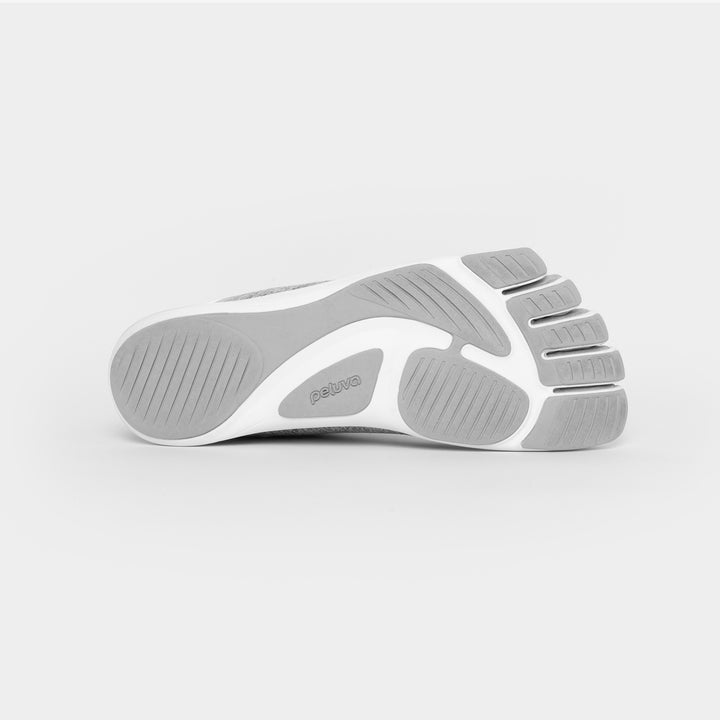
Armstrong’s pick for a sprinting shoe is likely to raise a few eyebrows, as well as cause some incredibly conflicted feelings among foot fetishists. It might seem weird to have toes on your shoes, but the glowing reviews from customers suggest they might be on to something. Designed to give a barefoot feel while still cushioning your feet on hard surfaces, their rubber treads will give you the traction you need to move fast.

Footwear can’t help with the loneliness of the long-distance runner (never let it be said our references aren’t current!) but it can definitely help with keeping your feet safe. Designed for full-ground contact, the gel cushioning in this pair’s rearfoot and forefoot helps to absorb the repeated shock of foot hitting road, while the Asics Lite rubber outsole provides grip without adding too much weight.
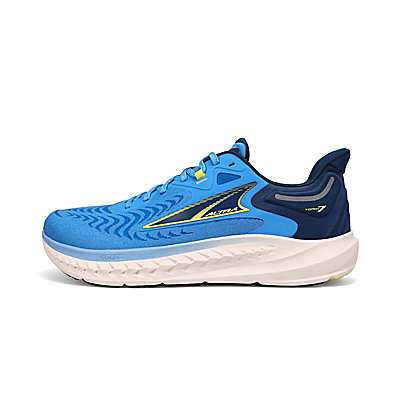
If you’re constantly feeling like your feet are being squeezed while running, it’s time to look for shoes made for girthier feet. Both Dircksen and Armstrong pointed to Altra as the brand for wider-feeted gentlemen, and the Torin 7 is notable both for the consistency of its positive reviews, and the fact it’s available in both regular and wide options.
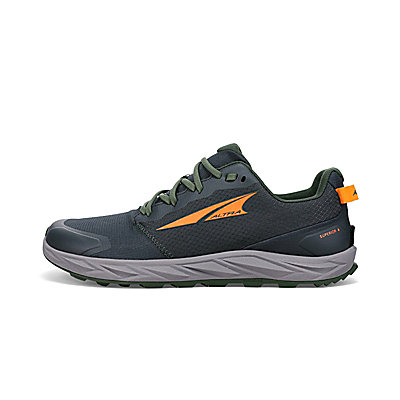
While many runners talk about hitting the wall metaphorically, trail running might see you hitting a wall—or tree, or rogue wild hog—literally. Since you can never be totally sure what terrain you’ll be dealing with, you need shoes that will cushion your feet, but also grip the trail itself. The Superior 6 have Altra’s MaxTrac grip on their outsoles, giving you extra traction on the trail, while their Balanced Cushioning platform keeps your feet safe and comfortable.
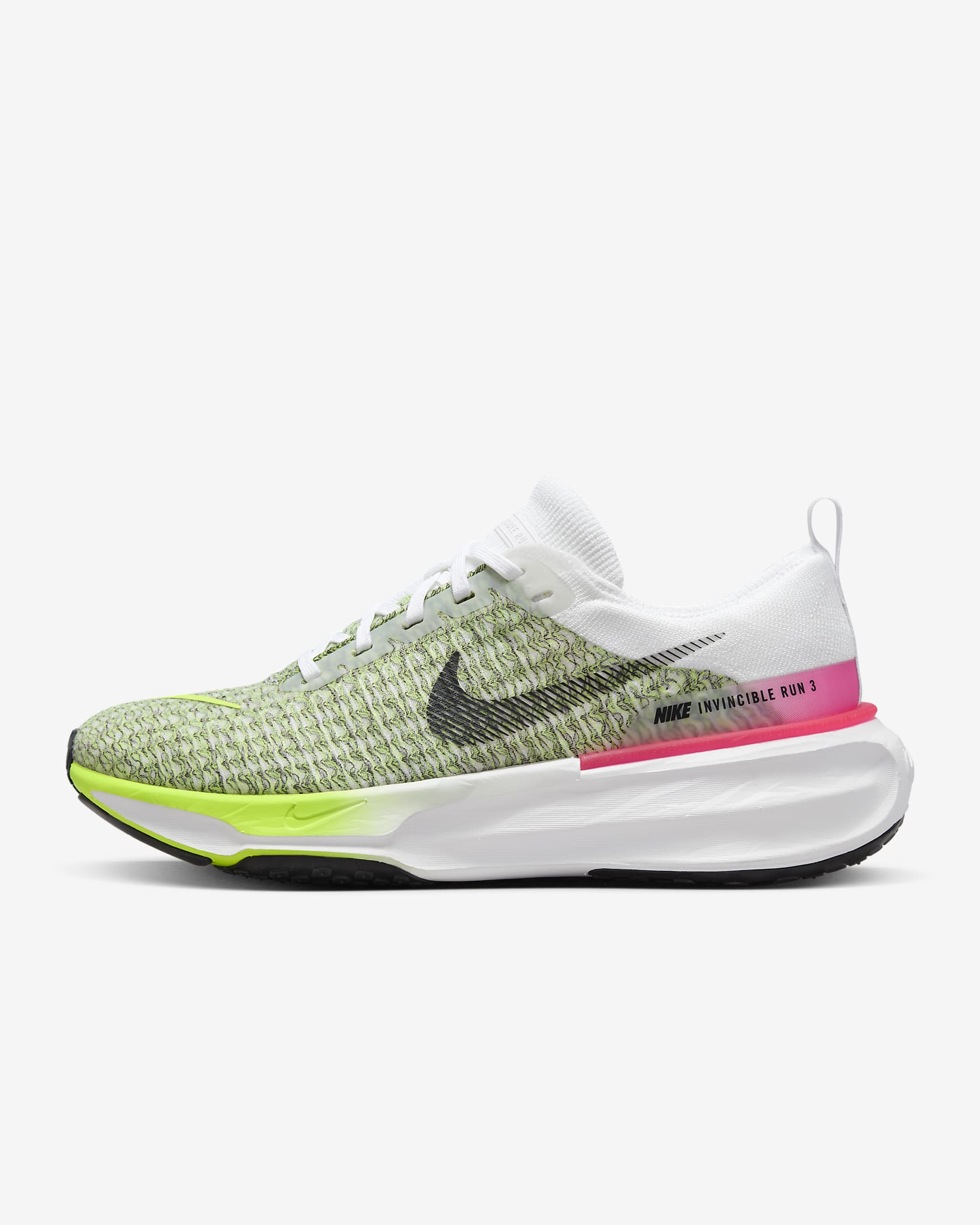
For those suffering from plantar fasciitis—inflammation of the tissue that connects your heel bone to your toes—shoes with supportive, well-cushioned soles are a must. Dircksen’s preference is this pair of Nikes, which are designed to fit securely but comfortably, with a super-supportive and bouncy sole to soften the impact when running.

For all the benefits of running, there’s no denying that the repeated shock of your feet hitting the ground can wreak havoc on your body. Give your knees, feet, or other body parts a fighting chance with the shock-absorbing properties of these shoes, which have both a layer of PEBA foam (a lightweight, super-elastic substance, to cushion your feet) and Pebax plates (for energy return and shock resistance).
A super-elastic layer of foam and shock-resisting plates make running a little easier on your joints.
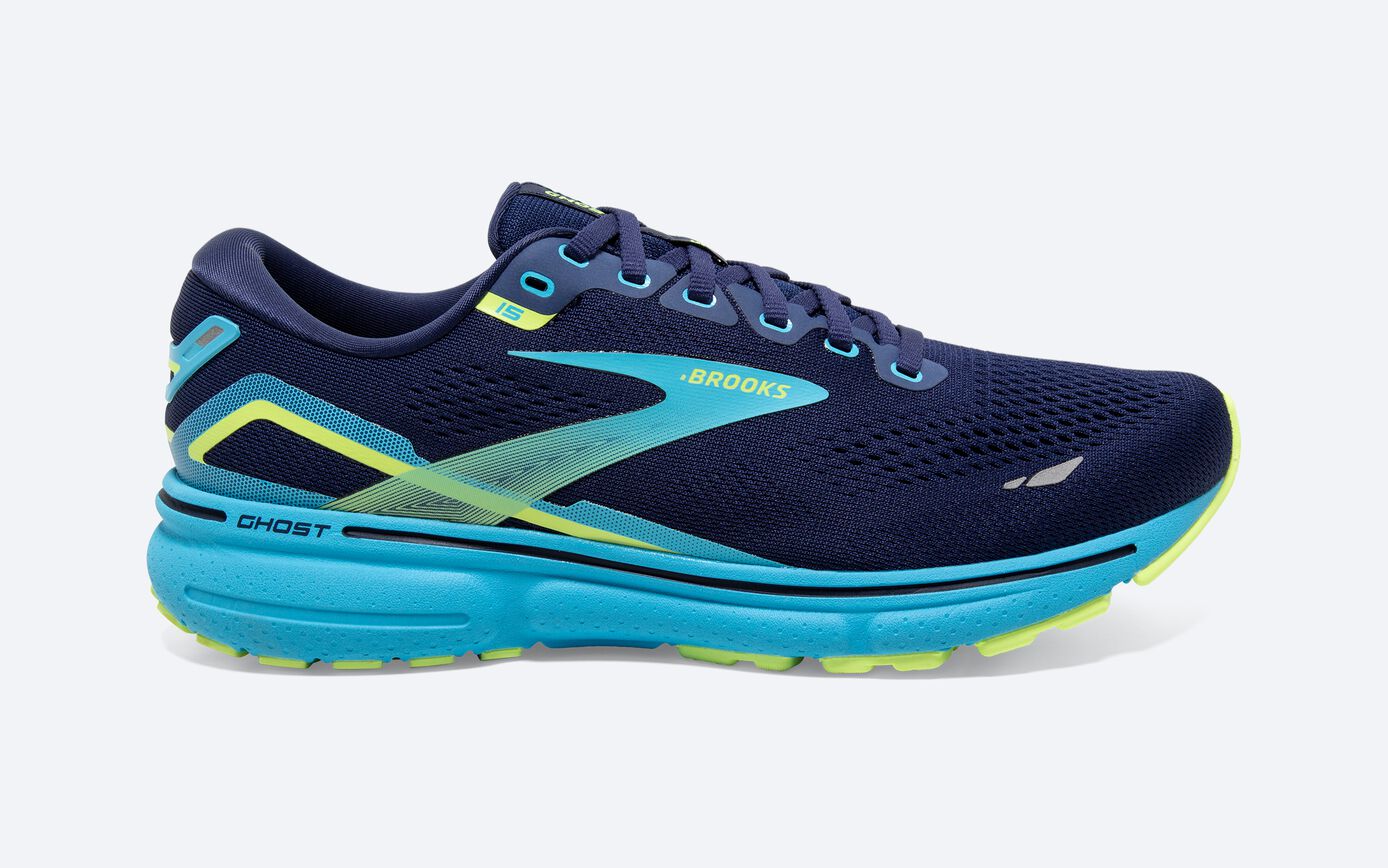
Dircksen is a big fan of Brooks’ shoes, saying that, “Brooks makes a good quality shoe that’s comfortable right out of the box. They seem to work for a lot of people, especially those just starting out.” The Ghost 15s, especially, have extremely positive reviews from most customers, with people praising the comfort, support, and cushioning.

Nike is already a top pick for men’s workout shirts, shorts, and other athletic gear—and their running shoe selection is top-notch. The Nike Pegasus 40 is Dircksen’s personal pick for his favorite Nike running shoe, for its stability and comfort. A good all-rounder, there’s nothing terribly flashy going on here, but with its reliability and durability, it’s a solid, versatile workhorse of a shoe.
If, “All day I dream about shoes,” is your mantra, then check out Dircksen’s pick for the best Adidas running shoes. “This is a great everyday trainer, but it’s responsive and energetic enough to do some uptempo training with,” he says. “These were my tried and true trainers in college, although they're much improved now, with the higher stack height and upgraded foam technology.”

You might think of New Balance as being the footwear of choice for Accidental Normcore dads, but they’re actually worth a look. “New Balance shoes have come a long way, and some of the world’s top athletes swear by them,” says Dr. Kellie Kopach, who’s a fitness instructor at Lifetime Fitness, and AFAA certified for 25 years. She recommends their Fresh Foam X More v4, adding that, “What’s great is that they’re a bit more economical and available at a wider variety of stores.”

Both Dircksen and Kopach are fans of Saucony, with Kopach enthusing that, “Saucony is a quality brand that never disappoints, making incredibly reliable shoes.” Dircksen’s pick is the Kinvara Pro, which he says is, “famed for its lightweight and nimble experience—it's a great everyday trainer, yet with a small heel/toe drop and lightweight at 9.5 ounces, it's going to give more pop than your typical everyday shoe.”
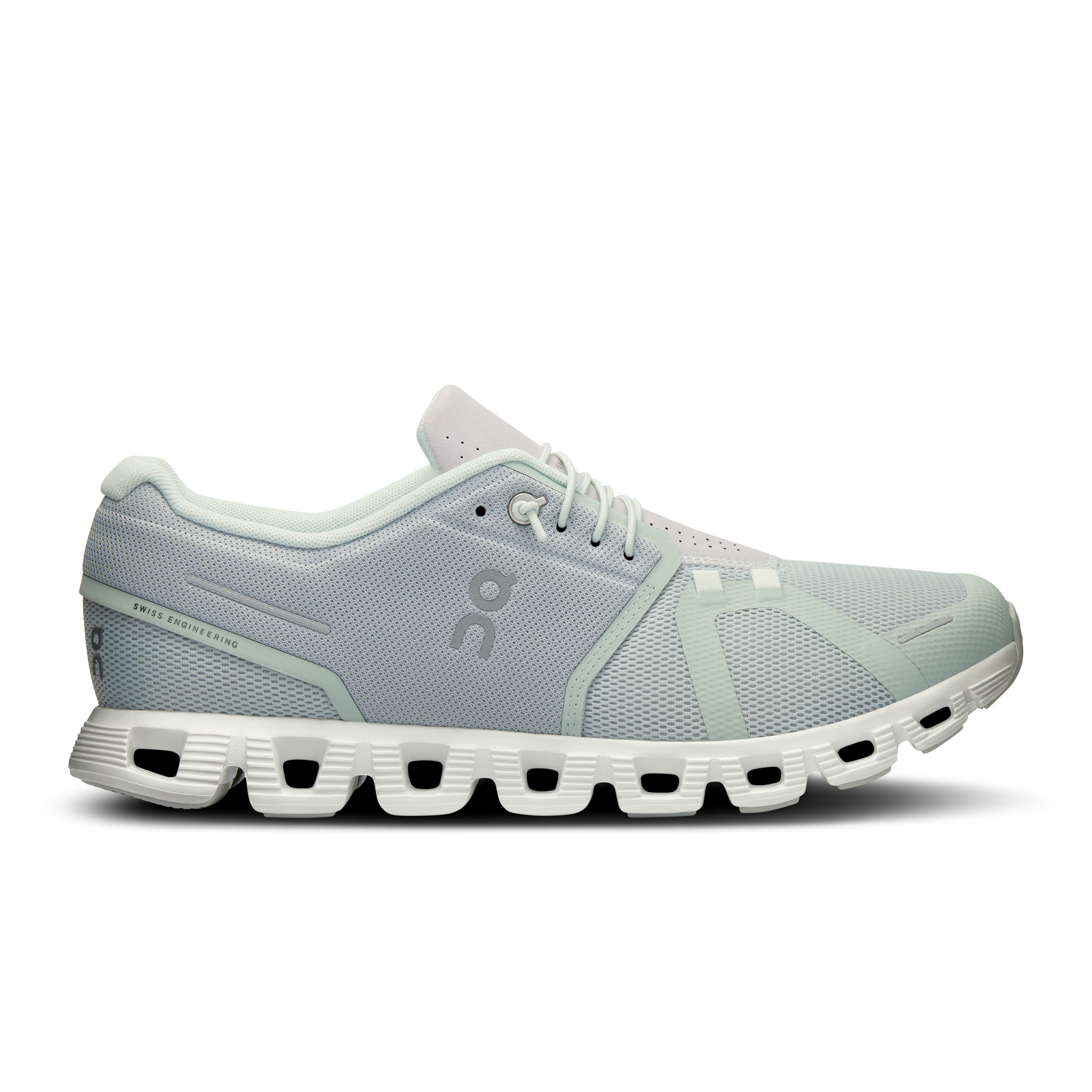
For those runners who feel every shock and bump of the road under their feet, cushioning is going to be a big priority. Kopach suggests giving On’s Cloud 5 shoes a try, saying that, “On Clouds are some of the lightest and most cushioned shoes around, and while they’re trendy in the fashion world, they also offer a reliable and economic running shoe option.”
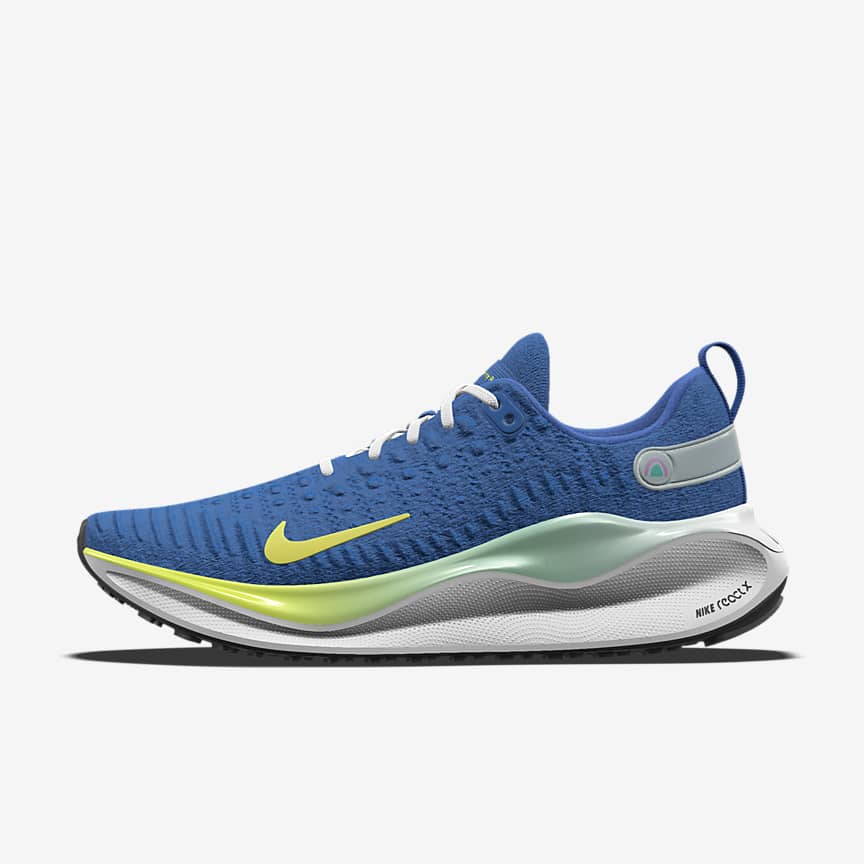
If you want to get your miles in but are concerned previous training has taken it out of you, schedule yourself a nice, easy recovery run, and some shoes to go with it. “I like Nike for recovery runs and light training,” says Kopach. “I recommend looking at the Nike InfinityRN 4—Nike tends to run narrow, in my experience, but not in this model.” They're also supportive and bouncy, making them ideal for gentle expeditions.
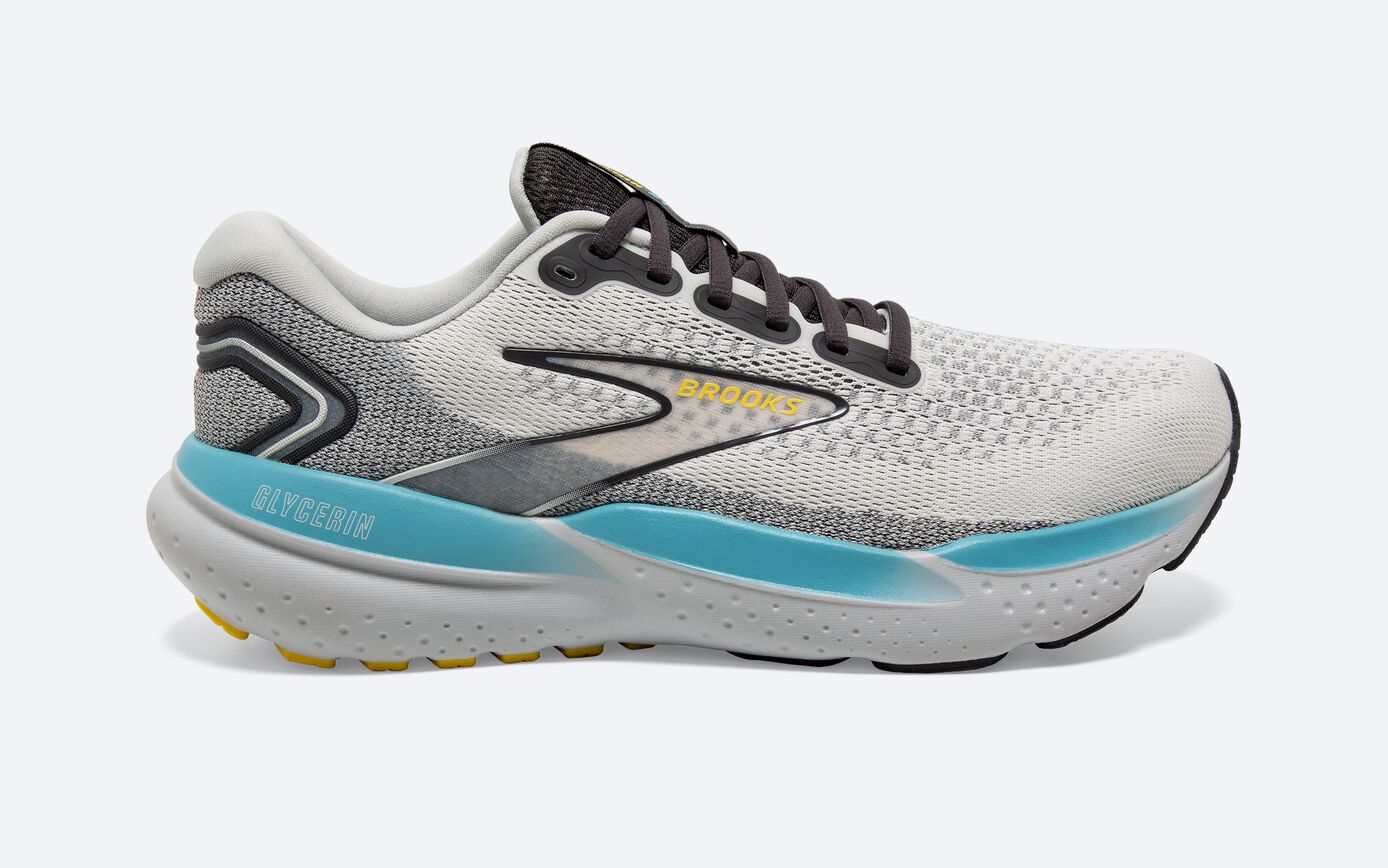
For everyday stability and support, consider the Glycerin 21s from Brooks, which have been designed for a smooth, comfortable run. “These are Brooks’ version of trainers, and they are worth the investment,” says Kopach. “This is my personal favorite shoe for everyday exercise—I think I have the last 10 iterations!”

“Most racing super-shoes will be around seven ounces or under, so having an everyday trainer that’s in the same ballpark is a nice shoe to have in your arsenal,” says Dircksen. “At just 7.7 ounces, the Hoka Rincon 3 is a great lightweight, everyday shoe choice.” And with 17 bright, eye-catching color schemes to choose from, you won’t struggle to find a pair you like the look of, either.
Choosing a pair of sneakers is a little trickier than picking out, say, running shorts. “If you’ve never been properly fitted for running shoes before, the best advice is to visit your local running specialty store, where expertly-trained staff can do a gait analysis to determine the best category of shoes for you,” advises Sarah Stafford, marketing director at Brooklyn Running Company. “You want to look for a shoe that is comfortable, provides the right amount of support that you need, and does not cause any discomfort or pain in the arch or heel when you run. When determining the correct size for your running shoe, runners should typically expect to go up a half to full size larger than their street shoes, so that there is a bit of extra space in the toe box, allowing the foot to expand.”
“My advice is to keep it simple,” says movement coach Brock Armstrong. “If you put on a pair of shoes that fit and they feel good, they’re good! If you put them on and they feel weird, don’t get them. It doesn’t matter what the salesperson says, your running partner says, or a blog post says. What your feet say is the only thing that matters. Listen to your immediate reaction.”
“Comfort is most important when choosing running shoes,” agrees Dircksen. “Try them on, walk, or jog around, and see how they feel. They shouldn’t feel like there’s extra pressure, irritation, or friction on your foot. It may take a few tries with different shoe brands and models to find the shoe that feels the most comfortable. Running shoes also have different purposes: There are your everyday trainers, your workout and racing shoes, your trail shoes, and your recovery shoes. If you’re just starting out, find an ‘everyday’ training shoe that’s comfortable and durable.”
We made our choices through a combination of expert advice, in-depth research, personal experience, and sifting through countless customer reviews. Additionally, we developed categories for the top concerns among runners of all levels, then did extensive research to find the top brands known for their quality, selection, customer service, and product availability.
“Most of the major brands make a wide enough variety of sizes, shapes, and types of shoes that anyone is bound to find a pair they like,” says Armstrong. “It’s only when you get to the smaller brands (Altra, Hoka, Peluva, etc.) that you may or may not like them. My personal fave right now is Altra, but I have Wile E. Coyote feet (long and wide). That might not work for someone with Barney Rubble-style feet.”
“Shoe technology is ever-evolving, with improvements made constantly to the materials used for cushioning, plates, and other components of a running shoe,” says Stafford. “Shoe brands typically release a new version of each model once a year. Part of the fit process at a run specialty store is helping customers understand the implications of evolutions, especially in new updates to old favorites.”
“Basically, anything with carbon plates in them,” says Armstrong. “The ‘super shoes’ are all the rage, from marathon to triathlon and even into track spikes. The brand of the shoe is less relevant than the technology. Spoiler: The brand they wear is usually determined by which company is willing to give the athlete free shoes.”
“Running shoes can be divided into two very broad and general categories of support: Stability and neutral,” explains Stafford. “A stability shoe is designed with supportive features in the midsole, for people who overpronate. Motion-control shoes are those models that lie on the most stable end of the stability spectrum. Conversely, a neutral shoe is designed for people with either a neutral gait or who supinate.”
“It’s important to note that many runners are not firmly in one support category or another,” Stafford continues. “Support requirements can be informed by injury, fatigue, strength, and experience. Additionally, biomechanists and footwear designers are constantly evaluating the appropriate amount of support (or lack thereof) that can best reduce injury. We recommend working with a fit specialist that can discuss training and injury history, goals, and the pros and cons of different amounts of stability.”
“Within and across these support categories you will also find varying degrees of cushion,” Stafford adds. “The appropriate amount of cushion can also be affected by training goals, injury history, and even simple personal preference in the ride of the shoe. Many runners may also consider exploring a shoe specifically designed for uptempo efforts or race day. These models maximize degrees of energy return or improved running economy, with the focus typically determined by the distance of the race.”
“We all have different feet,” says Armstrong. “And our feet all have different histories (injuries, uses, shoes worn outside of running). The main thing you need to know about the shoes is that your particular feet may be happier in shoes with stability. Your partner’s feet may be happier with more cushion. Don’t get hung up on why, just know which one feels best. And then, of course, spend as much time barefoot (or as close to it as possible) when you’re not running so you can keep your feet healthy and strong.”
The information presented here is created by TIME Stamped and overseen by TIME editorial staff. To learn more, see our About Us page.



